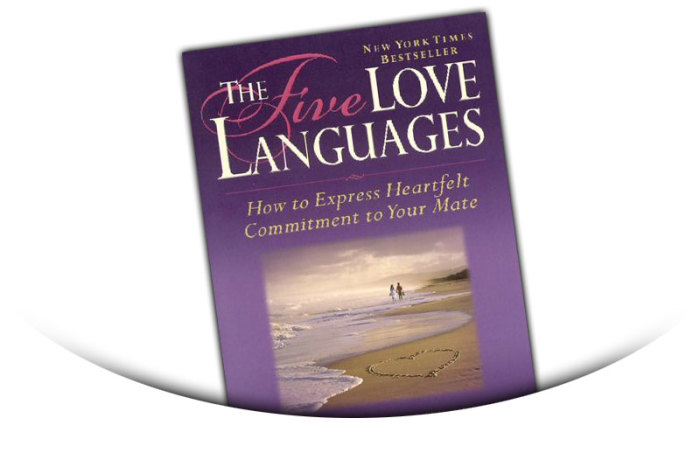In The Five Love Languages, Dr. Gary Chapman talks about how different people express love in different ways. Some people are verbal, expressing their love in words. Others may never speak their affection, yet they show it by the things they do.
Sadly, many couples look to receive love the same way they give it, misunderstanding their spouses. This can lead to quarrels, hurt feelings, and even divorce. However, if you understand each other's love languages, you can learn to give and receive love more effectively.
Here’s a list of the 5 love languages and a brief description of them each:
Words of Affirmation – People with this love language greatly appreciate hearing compliments and encouraging words. They feel loved through what they hear and are pushed away by harsh criticisms.
Quality Time – People with this love language prefer undivided attention and plenty of time with their loved ones. They feel loved when they have lots of time invested in them, but for people with this love language, absence certainly doesn’t make the heart grow fonder.
Receiving Gifts – People with this love language appreciate receiving presents and the thoughts behind them. They feel loved when they are given gifts spontaneously and are greatly offended when special occasions are forgotten or a thoughtless gift is given.
Acts of Service – People with this love language prefer their loved ones to perform meaningful and thoughtful acts. It could be as simple as washing the dishes or mowing the lawn, but they appreciate it and feel valued by such deeds. However, they feel unappreciated when they work on a task while their partner just watches without offering to help.
Physical Touch – People with this love language greatly appreciate simple gestures like holding hands, hugs or a touch on the arm. It’s not just about sex, it’s about knowing that you’re there and that you love them. An absence of physical contact has the potential to significantly damage relationships with people who have this love language.

